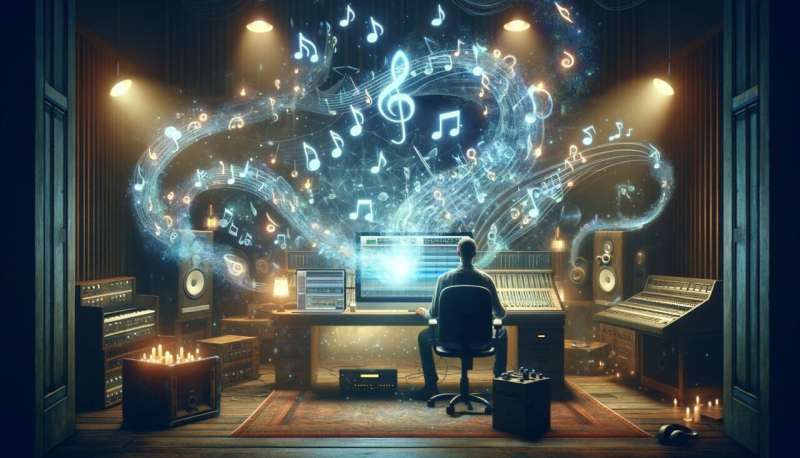Sony Computer Science Laboratories is revolutionizing the music industry with its groundbreaking AI-powered tools designed to empower musicians and producers. In a landmark development, researchers at Sony CSL have introduced an innovative latent diffusion model capable of generating realistic and effective bass accompaniments for musical tracks.
Led by Marco Pasini, Stefan Lattner, and Maarten Grachten, the team at Sony CSL has embarked on a mission to redefine the landscape of music production. Recognizing the need for AI tools that can adapt to the unique preferences and styles of artists, they set out to create a solution that would revolutionize the creative process.
The result is a cutting-edge model that analyzes the style and tonality of an input music track and autonomously generates basslines that seamlessly complement the song. This breakthrough empowers musicians to integrate incisive bass accompaniments into their compositions at any stage of the production process, enhancing their creative workflow.
At the heart of their system lies an audio autoencoder that efficiently encodes the music mix into a compressed representation, capturing its essence. This encoding serves as input to the latent diffusion model, a state-of-the-art generative technology that produces data in a compressed space, thereby improving performance and quality.
One of the key advantages of their system is its ability to generate coherent basslines of any length, providing users with unparalleled flexibility. Additionally, the researchers introduced a technique called “style grounding,” enabling users to control the timbre and playing style of the generated bass by providing a reference audio file.
In extensive testing, the latent diffusion model has demonstrated its ability to generate bass accompaniments that closely match the tonality and rhythm of input music mixes. This breakthrough represents a significant advancement in AI-driven music generation, opening new avenues for musicians, producers, and composers worldwide.
Looking ahead, Pasini and his team envision expanding their toolset to include other instrumental elements, such as drums, piano, guitar, strings, and sound effects. With further development, these AI accompaniment tools have the potential to revolutionize the music industry, providing artists with intuitive and customizable solutions to enhance their creative expression.
As they continue to refine and validate their models, the researchers plan to collaborate directly with artists and composers to ensure their AI-powered tools meet the diverse and evolving needs of the music community. With Sony CSL leading the charge, the future of music production looks brighter than ever.
